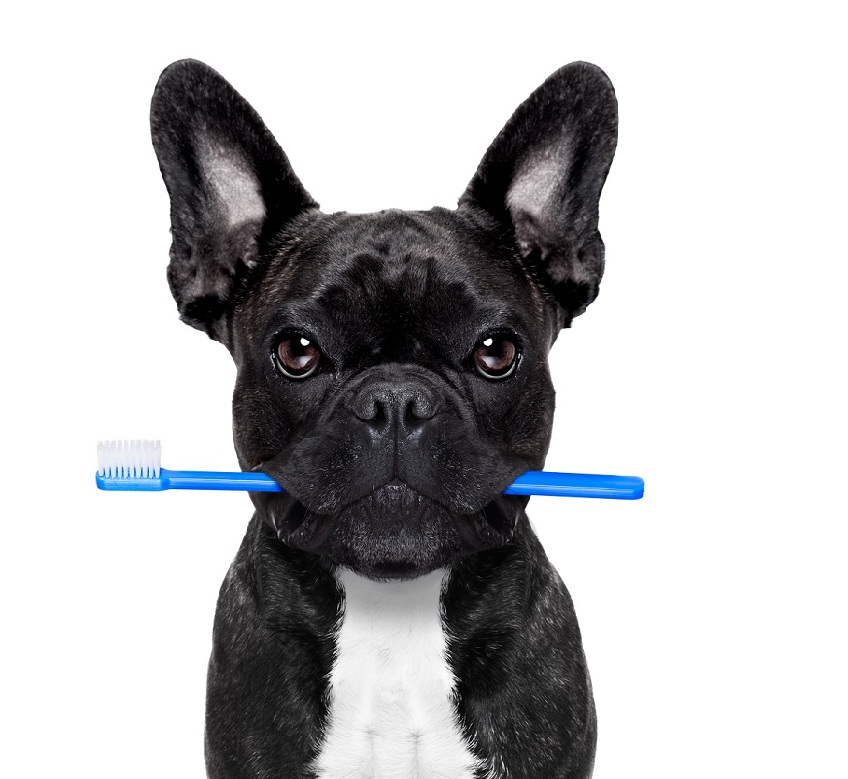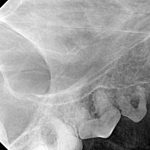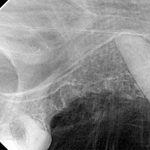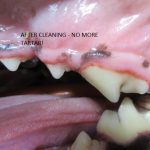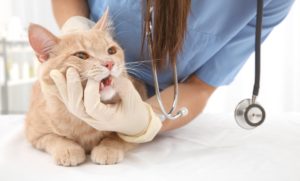Although Pet Dental Health Month is recognized in February, your pet’s oral health is very important to us year round. February is the month where most veterinarians across Canada focus on promoting dental care and educating clients about how they can manage their pet’s dental health at home.
Can you imagine what it would be like if you didn’t brush your teeth for months? No flossing, no mouthwash? Unfortunately for our 4 legged friends they can’t do that, so we have a number of ways to manage their oral health at home. The best way is to brush your pet’s teeth daily. There are toothbrushes and toothpastes that are specially designed for animals that are easy to use. If daily brushing isn’t for you, or your pet won’t let you do it, there are dental diets that can be fed that work just like a toothbrush, oral rinse, and flossing, all in one. All you have to do is feed your pet! A daily brushing regime, or dental diet (or both) along with periodic cleaning by your veterinarian can keep your pet’s teeth tartar free.
Brushing and dental diets greatly reduce the amount of tartar that will accumulate on your pet’s teeth. Bacteria that remains in the mouth for more than 24 hours will turn into plaque which will attach to the teeth and build up on the teeth over time, turning into tartar. You can easily see tartar on your pet’s teeth; it’s the brown accumulation that’s usually near the gum line. Often it can cause bad breath, and if allowed to continue accumulating can eventually cause dental disease, such as gum recession, bone loss, loose teeth, and infections.
For years we called a dental cleaning a “prophy”, short for prophylactic which means disease prevention. Nowadays it is known as a “COHAT” (Comprehensive Oral Health Assessment and Treatment). In order to do this safely and effectively the procedure is done with your pet under general anesthesia. It is NEVER acceptable to scrape tartar off an animal’s teeth when it is awake. It is dangerous as it can cause injury by accidental cutting or stabbing with the instrument if the animal were to suddenly move. Also, the inside of the mouth cannot be cleaned properly this way and a thorough examination of the mouth is impossible. While it does add cost to cleaning the teeth, a general anesthetic is actually the safest way to thoroughly examine, clean, and x-ray your pet’s teeth.
- 105 missing. 106 has furcation exposure and significant bone loss. 107 has a large periapical lucency. They will both be extracted.
- 106, 107 post extraction
Before we start cleaning the teeth, we take full-mouth radiographs to determine the health status of each tooth. Many teeth may look perfectly healthy to the naked eye, while an Xray will show bone loss around the roots, root resorption and other root abnormalities, which would indicate that the tooth needs to be extracted. After extractions we always take another radiograph to determine that the entire root has been removed.
After the X-rays are done, the teeth are cleaned with an ultrasonic scaler, very much like what your dentist uses, to remove tartar. Each tooth is then carefully polished. The teeth and gums are carefully examined and a chart is created to record gum recession, missing teeth and any other abnormalities. We also take before and after photographs!
- This dog has a moderate build up of tartar and mild gingivitis
- The tartar has been cleaned off and the teeth have been polished
A dental exam will give us an idea of how much time will be needed for your pet’s cleaning. COHAT’s are graded from 1 to 3, with 1 being the least amount of tartar, some or no gingivitis and no expected extractions. Cleaning the teeth when they’re like this helps to keep them healthier longer, and shortens the length of time under general anesthesia.
If you are interested in bringing your pet in for an oral exam and quote for dentistry please call us at 519-752-3431 anytime. We care about the health of your pet.


